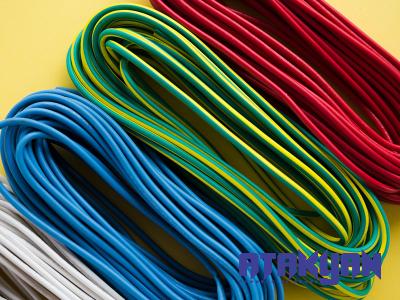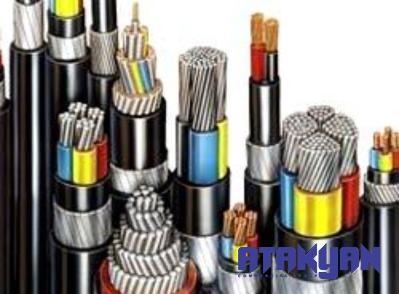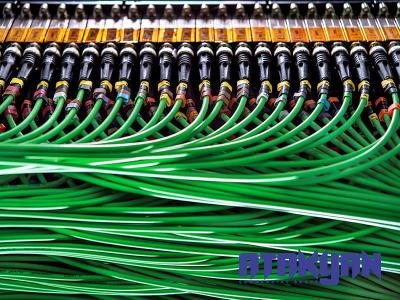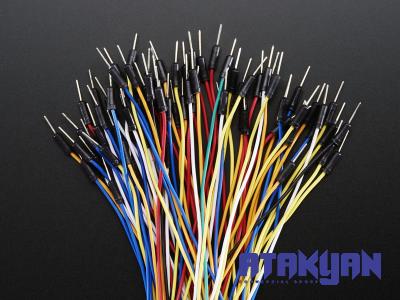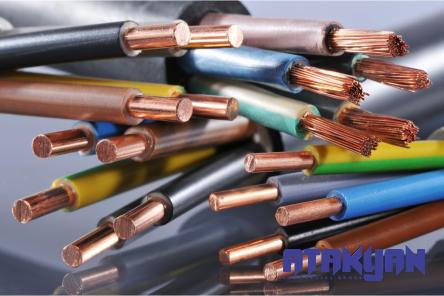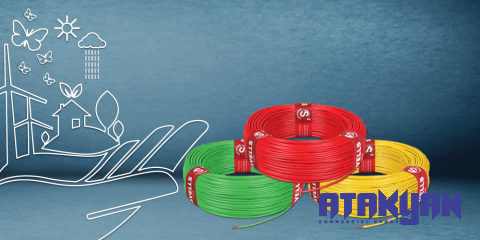Welding is a critical process in various industries, including construction, manufacturing, and automotive. It involves joining two or more pieces of metal together using heat and pressure. One crucial component in the welding process is the welding electrode. A welding electrode is a metal rod or wire that conducts electricity and melts to create the weld. There are various types of welding electrodes available, each with its own unique characteristics and uses.
Stick Electrodes:
Stick electrodes, also known as shielded metal arc welding (SMAW) electrodes, are one of the most common types of welding electrodes. They consist of a metal core wire covered with a flux coating. This coating serves a dual purpose: it shields the weld pool from contaminants and creates a protective gas shield as it melts. This shielding gas helps prevent oxidation and ensures a cleaner and stronger weld.
Stick electrodes are suitable for welding a wide range of materials, including carbon steel, stainless steel, and cast iron. They can be used in all welding positions (flat, horizontal, vertical, and overhead) and are ideal for outdoor welding projects. Stick electrodes are versatile and relatively easy to use, making them a popular choice for both professionals and hobbyists.
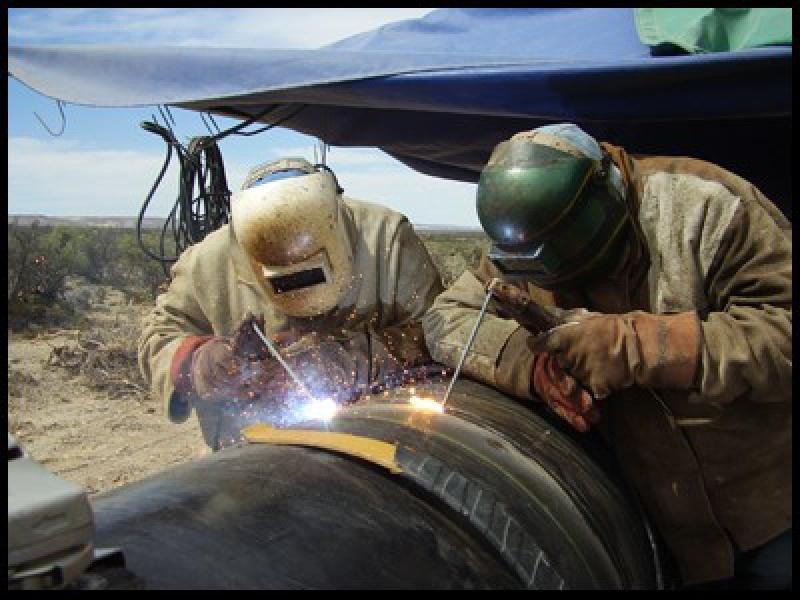
MIG Electrodes:
MIG, or metal inert gas, electrodes are another commonly used type of welding electrode. They are made of a solid wire that is fed through a welding gun and melted to create the weld. MIG welding is a semi-automatic process that uses a shielding gas to protect the weld pool from contamination. The shielding gas can be a mixture of argon, carbon dioxide, or helium, depending on the type of metal being welded.
MIG electrodes are primarily used for welding non-ferrous metals, such as aluminum and stainless steel. They offer excellent control and produce high-quality welds with minimal splatter. MIG welding is often preferred in industrial settings due to its efficiency and versatility. It is commonly used in the automotive, aerospace, and fabrication industries.
TIG Electrodes:
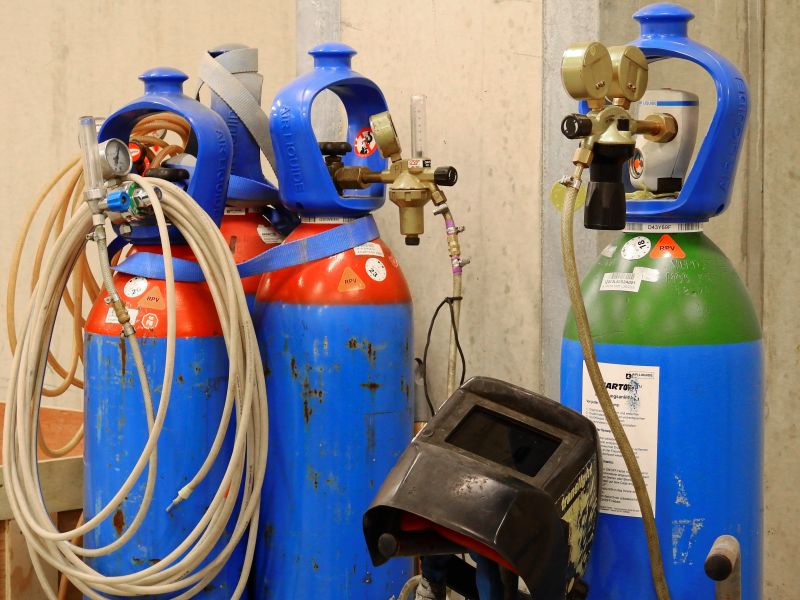
TIG, or tungsten inert gas, electrodes are used in TIG welding, also known as gas tungsten arc welding (GTAW). TIG welding is a precise and versatile process that produces high-quality, clean welds. It uses a non-consumable tungsten electrode to create the arc and a separate filler metal for the welding joint. TIG welding can be used to join a wide variety of materials, including stainless steel, aluminum, copper, and brass.
TIG electrodes are available in different compositions, such as pure tungsten, thoriated tungsten, and ceriated tungsten. Each composition has specific advantages and is suitable for different applications. Pure tungsten is best for welding aluminum, while thoriated tungsten is commonly used for stainless steel. Ceriated tungsten offers excellent arc stability and is suitable for both AC and DC welding.
Buying Types of Welding Electrodes and Uses:
When purchasing welding electrodes, it is essential to consider the specific requirements of your welding project. Factors to consider include the type of material being welded, the thickness of the metal, the welding position (flat, horizontal, vertical, or overhead), and the desired weld strength.
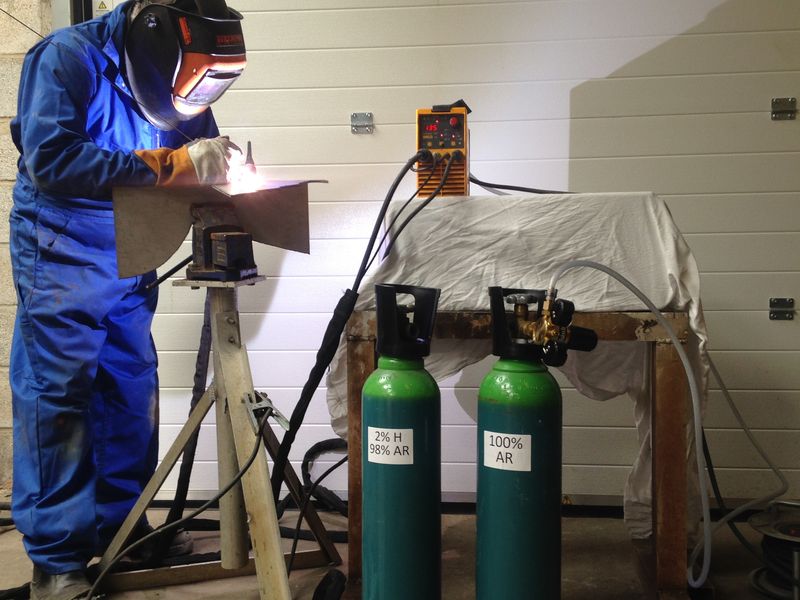
If you are new to welding or unsure about the right electrode to use, consult with a knowledgeable supplier or an experienced welder. They can provide guidance based on your specific needs and recommend the most suitable type of welding electrode.
Price of Types of Welding Electrodes and Uses:
The price of welding electrodes varies depending on various factors, such as the type of electrode, brand, quantity, and coating type. Stick electrodes are typically more affordable than MIG and TIG electrodes, making them a popular choice for budget-conscious welders. MIG and TIG electrodes tend to have a higher price tag due to their specialized applications and the need for shielding gases.
When considering the price of welding electrodes, it is important to also factor in the quality of the electrode and the overall welding process. Investing in high-quality electrodes can result in better welds, increased efficiency, and reduced downtime. Ultimately, the cost of welding electrodes should be weighed against the quality and value they offer to ensure optimal welding outcomes.

In conclusion, welding electrodes play a crucial role in the welding process by creating strong and durable welds. Stick electrodes, MIG electrodes, and TIG electrodes are the most commonly used types, each with distinct characteristics and applications. Choosing the right type of welding electrode is essential to achieve the desired weld quality and strength. By considering the specific requirements of your welding project and consulting with experts, you can select the most suitable welding electrode for your needs. While the price of welding electrodes may vary, it is important to prioritize quality and value to ensure optimal welding outcomes.
